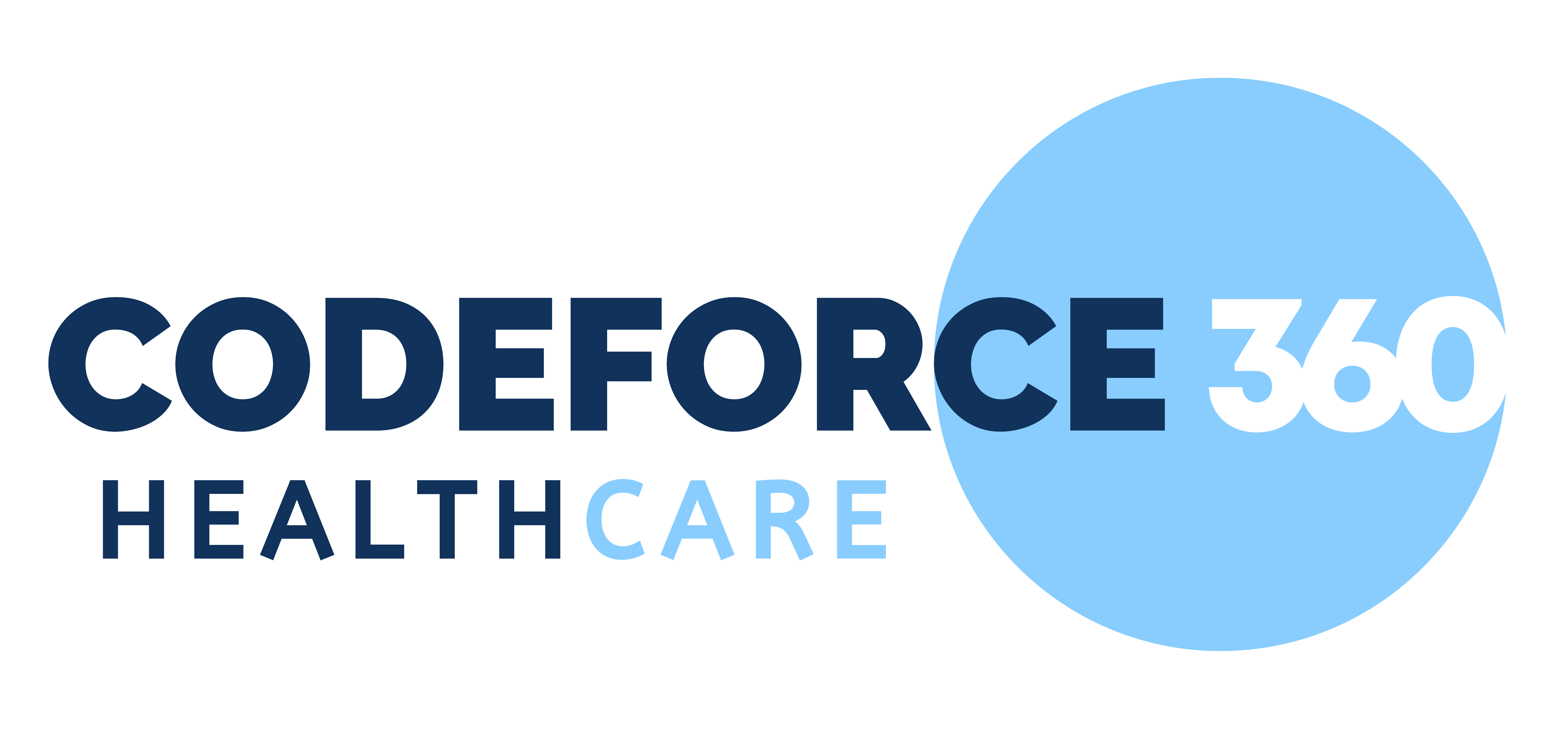Telemedicine is a type of healthcare where patients can access medical services remotely, typically via video conferencing, phone calls, or other digital services. Telemedicine has grown in popularity as technology advances, allowing patients to receive medical care from home. It is critical for patients who live in remote areas with limited access to Allied healthcare services. The COVID-19 pandemic has accelerated telemedicine adoption because it enables secure and effective delivery of care that does not require in-person visits.
Since telemedicine is becoming more popular, there is a greater need for home health staffing solutions. With the rise of virtual healthcare, healthcare organizations must ensure that a sufficient number of qualified healthcare professionals continue providing high-quality care to patients remotely. In this blog, we will look at the role of healthcare staffing in telemedicine, and it can help healthcare organizations meet their patients’ needs while optimizing their operations with healthcare IT staffing.
Telemedicine has emerged as a promising solution to address staffing shortages in healthcare. With the increasing demand for healthcare services, healthcare organizations need help to meet the needs of their patients, especially in remote regions with limited healthcare resources. Telemedicine allows healthcare providers to remotely deliver healthcare services, making accessing healthcare for patients in remote areas more accessible.
Additionally, telemedicine in healthcare offers flexible work arrangements that can attract and retain healthcare professionals, reducing staff turnover rates. By telemedicine, healthcare organizations can extend their reach to more patients, reduce the burden on overworked staff, and provide better care to those who need it most. In summary, telemedicine can improve staffing shortages in healthcare and ensure that patients receive timely and high-quality care, regardless of location.
Remote work offers several advantages for healthcare staff, including increased flexibility, improved work-life balance, reduced commute times, and access to a broader range of job opportunities. It also allows healthcare staff to provide healthcare services to patients in remote areas and enables healthcare organizations to address staffing shortages more effectively. Additionally, remote work can reduce the risk of occupational exposure to infectious diseases and improve the overall well-being of healthcare staff.
Healthcare staffing in telemedicine poses several challenges
1. One of the most significant is locating qualified, experienced healthcare professionals skilled in telemedicine technology
2. Furthermore, recruiting and retaining employees can be difficult due to the lack of physical interaction and the challenges associated with remote work, such as isolation and burnout
3. Staffing for telemedicine presents additional challenges, such as ensuring that employees have access to the appropriate technology, such as secure internet connections and video conferencing equipment
4. They must also provide training and support to ensure staff can effectively use telemedicine technology
5. Staff communication and coordination are also critical for the successful application of telemedicine
6. For patient appointments, documentation, and follow-up care, healthcare professionals should have clear protocols and procedures in place
7. Continuous interaction and cooperation among healthcare teams, including physicians, nurses, and support staff, is required to provide greater telemedicine services and ensure patient satisfaction
Telemedicine healthcare workers require extensive training and support. With the fast expansion of telemedicine, healthcare providers must ensure that their staff has the abilities and expertise to provide care remotely. Telemedicine technology, communication and coordination protocols, and best practices for remote patient care can all be covered in training.
Adequate support is also necessary for healthcare workers to provide high-quality care while avoiding burnout. Staff can improve their skills and confidence by receiving regular feedback, coaching, and mentoring. To maintain a motivated and effective telemedicine workforce, healthcare providers must invest resources in staff wellness, such as mental health services and work-life balance programs.
Strategies include offering practical tips for healthcare organizations on recruiting and retaining telemedicine staff, including the importance of providing flexibility and addressing burnout.
Recruiting and retaining telemedicine staff can take a lot of time for healthcare organizations. To address these issues, healthcare organizations should offer options for flexible employment, such as part-time or remote work opportunities, to attract and retain talent. They should also invest in continuous education and training to ensure that their employees can adapt to changes in technology and workflows.
Addressing burnout is also essential, and organizations should provide wellness programs, such as counselling and support services, to assist employees in managing stress and maintaining a healthy work-life balance. Finally, to attract and retain staff committed to high-quality telemedicine services, healthcare organizations should facilitate a supportive culture that values teamwork, open communication, and innovation.
Organizations can leverage technology to help with telemedicine staffing by offering remote access to learning and development materials, virtual team collaboration tools, and electronic health record (EHR) systems designed for telemedicine to enhance workflows and care coordination.
Conclusion
Healthcare staffing is essential for telemedicine. Providing engaging strategies for attracting and retaining employees in telemedicine include offering support and training, addressing burnout, and investing in staff well-being. Healthcare organizations can use technology to help with their hiring for telemedicine.
Healthcare staffing will be essential in remotely providing high-quality care as telemedicine develops and grows. In the future, incorporating artificial intelligence and machine learning into telemedicine technology will open up new employment opportunities for healthcare workers and allow them to work more productively and effectively when providing remote care. However, the need for a skilled and motivated workforce and the value of human interaction will continue to be crucial factors in the success of telemedicine.

Excellence Through Recruitment
Global Headquarters
3970 Old Milton Parkway,
Suite #200, Alpharetta, GA 30005
India Delivery Center
5th Floor, Sri Durga Towers,
Above UCO Bank, Road No 10,
Banjara Hills, Hyderabad-500034
Telangana, India.

Excellence Through Recruitment
Quick Links
Global headquarters
3970 Old Milton Parkway,
Suite #200, Alpharetta, GA 30005
India Delivery Center
5th Floor, Sri Durga Towers,
Above UCO Bank, Road No 10,
Banjara Hills, Hyderabad-500034
Telangana, India.
Stay in Touch








